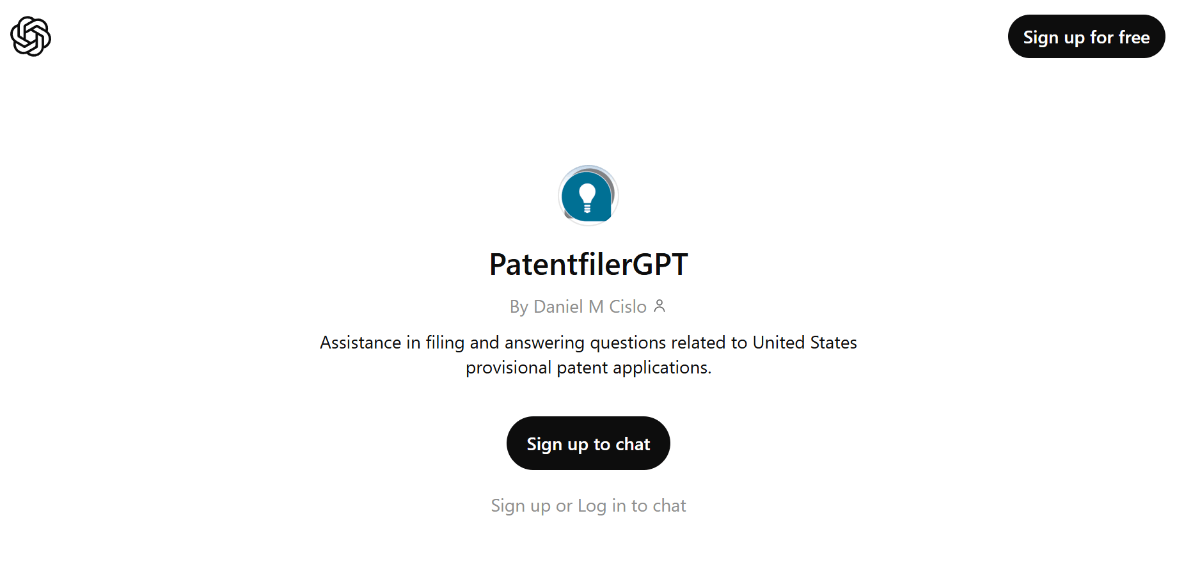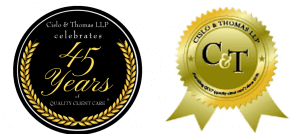Disney and Universal Sue Midjourney in Landmark AI Copyright Case
Takeaway: Disney and Universal Studios have sued AI image generator Midjourney for allegedly infringing on copyrighted characters, a case that could reshape how copyright law applies to AI-generated content and datasets scraped from the internet.
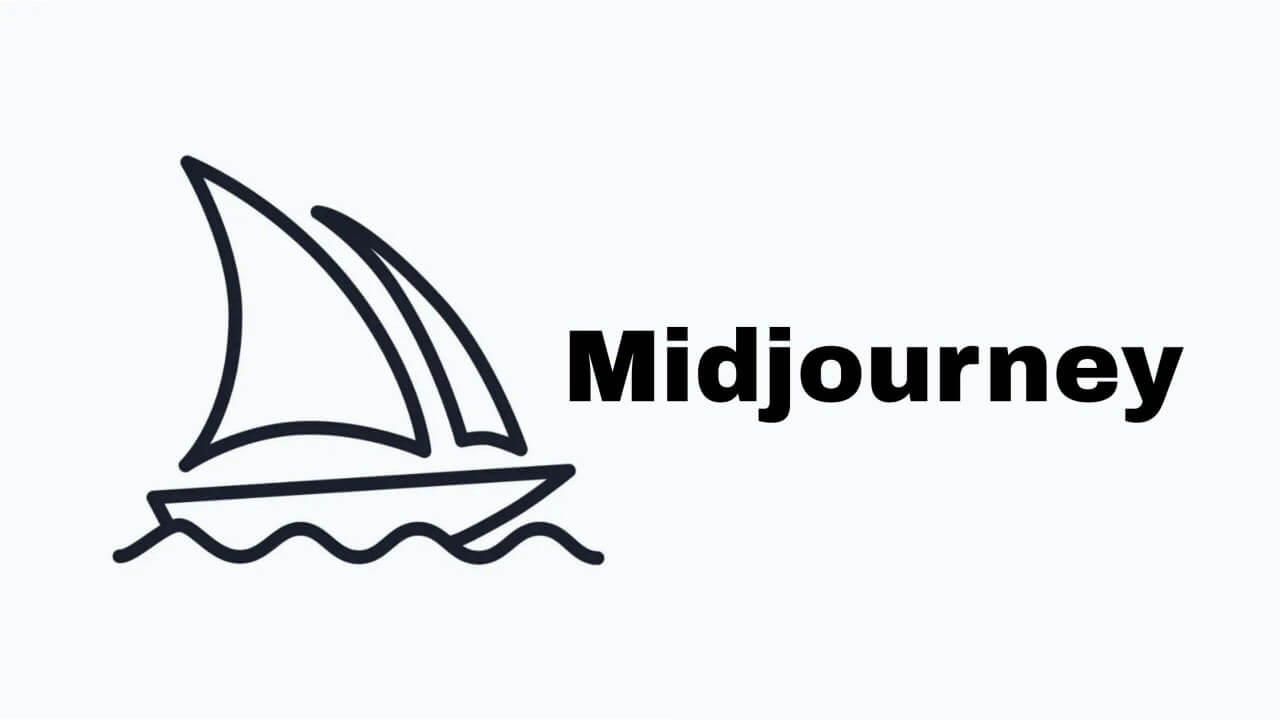
On June 11, 2025, Disney and Universal Studios filed a major copyright infringement lawsuit against AI image generator Midjourney, accusing it of unlawfully replicating copyrighted characters like Elsa, the Minions, and Darth Vader. The studios allege that Midjourney trained its AI on copyrighted material without authorization and continued generating infringing content despite cease-and-desist notices.
They argue that Midjourney’s output is not “transformative” enough to qualify as fair use under U.S. copyright law. The case, which may set a precedent for how copyright applies to AI-generated content, underscores growing legal challenges at the intersection of intellectual property and emerging technologies.
The studios seek damages, a jury trial, and an injunction to halt further infringement.
USPTO Shifts IPR Strategy with ‘Settled Expectations’ Doctrine, Favoring Early Patent Challenges
Takeaway: The USPTO’s new “settled expectations” policy allows denial of patent challenges based on a patent’s age, signaling a shift toward earlier filings and greater uncertainty for late-stage IPR petitions.

Acting USPTO Deputy Director Coke Morgan Stewart is introducing a new “settled expectations” policy to deny inter partes review (IPR) petitions at the PTAB. If a patent has been unchallenged for several years, the USPTO may now reject review requests on the grounds that the patent owner reasonably expected no challenge.
This shift has caused concern among attorneys, who say it upends established norms and places new burdens on challengers. Critics argue it resembles a time-bar policy that Congress chose not to include in IPR rules. While some lawyers welcome the clarity, others warn the sudden change creates uncertainty and forces parties to act much earlier to contest patents.
Secure Your Domain Before You File: A Critical Step to Prevent Trademark-Based Domain Hijacking
Takeaway: To protect your brand from domain hijackers, always secure your domain name before filing a trademark application.

Securing your domain name before filing a trademark is essential. A now well-documented problem involves third parties using automated tools to monitor trademark filings in real time, then immediately registering matching domain names to exploit brand owners. This tactic echoes the landmark case Panavision International, L.P. v. Toeppen, where a cybersquatter registered domain names corresponding to well-known trademarks in bad faith, intending to sell them back to the rightful owners for profit.
These domain registrations are rarely made in good faith. They are often used to extort trademark owners, mislead customers with advertising, or block brand launches. The underlying issue is that trademark rights and domain ownership are legally distinct. Filing a trademark does not give you automatic rights to a matching domain name, and recovering that domain through legal proceedings like UDRP actions or federal lawsuits can be costly and time-consuming.
To avoid these risks, it is critical to secure your brand’s domain names before filing a trademark application. Taking this step early protects your brand from opportunistic domain hijackers and supports a coordinated and effective intellectual property strategy.
Judge Rules Meta’s Use of Authors’ Works in AI Training Is Fair Use Due to Weak Market Harm Claims
Takeaway: A federal judge ruled Meta’s use of copyrighted books to train its AI models was fair use, finding the authors failed to show real market harm and is likely to influence ongoing generative AI litigation.

A California federal judge ruled that Meta Platforms Inc. did not violate copyright law by using works from 13 bestselling authors, including Sarah Silverman, Ta-Nehisi Coates, and Junot Diaz, to train its Llama large language models without their permission. U.S. District Judge Vince Chhabria found that the plaintiffs failed to present convincing evidence of market harm, which is a key factor in the fair use analysis. While acknowledging that Meta used copyrighted material, the judge concluded that the plaintiffs offered only flawed arguments—one based on the model’s ability to reproduce small snippets and another on a supposed diminished licensing market for training purposes. He found both arguments insufficient.
This ruling follows a similar decision earlier in the week involving Anthropic PBC and underscores a growing trend in courts recognizing the transformative nature of AI training. However, Judge Chhabria did not rest his decision on transformation alone. He emphasized that his ruling applies only to the 13 plaintiffs, not the broader group of authors whose works were also used. Still pending is the claim that Meta downloaded pirated books, which may proceed. Judge Chhabria criticized the plaintiffs for failing to develop stronger arguments and highlighted that future adverse rulings would not hinder AI development, as companies profiting from generative AI will likely find ways to compensate creators. The ruling is expected to be part of a series of legal battles that could eventually reach the U.S. Supreme Court.
Supreme Court Declines to Revisit “Discovery Rule” in Copyright Cases, Leaving Long-Term Liability Intact
Takeaway: The U.S. Supreme Court declined to review the “discovery rule” in copyright cases, leaving in place a long-standing doctrine that allows infringement claims to be filed upon discovery, highlighting ongoing uncertainty and potential long-term liability for content posted online.
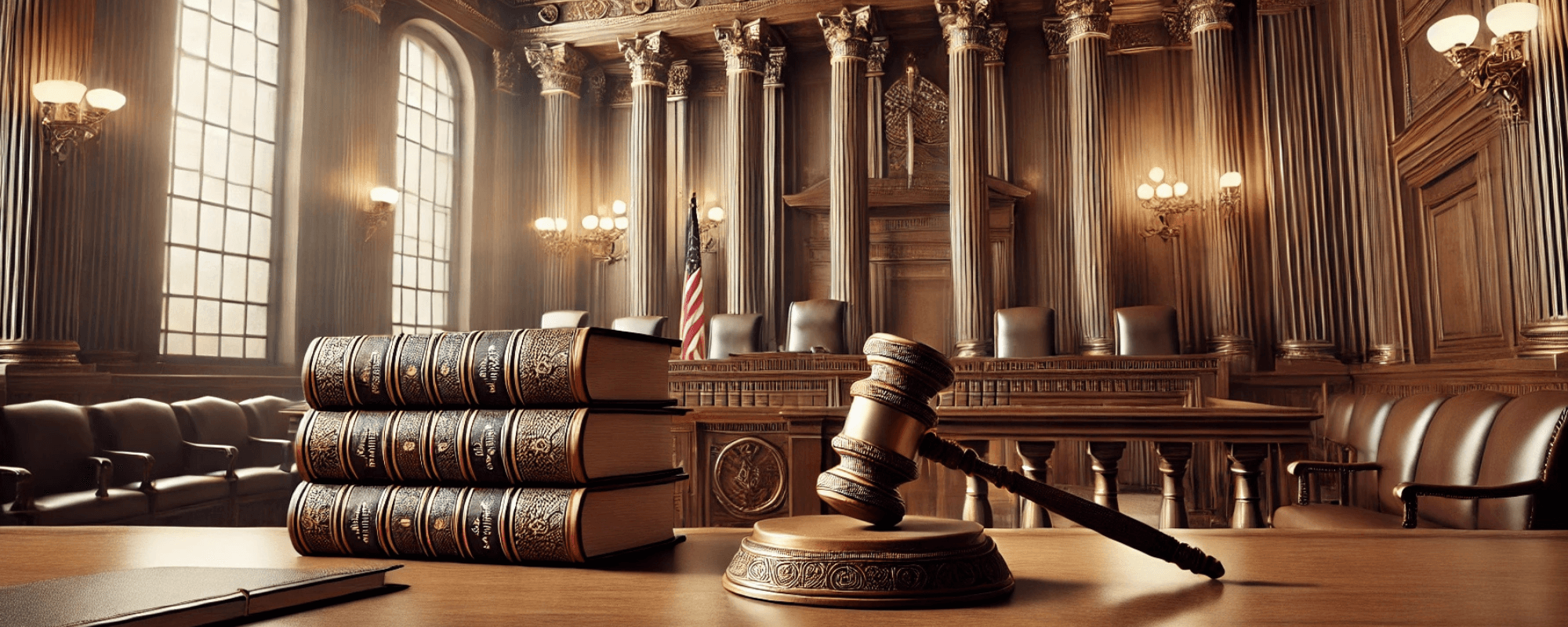
The U.S. Supreme Court declined to review the validity of the “discovery rule” in copyright cases, leaving intact a legal doctrine that allows plaintiffs to file infringement claims within three years of discovering the violation rather than when it occurred. The decision came in response to an appeal by shoe designer Ruthie Davis, who was sued by Michael Grecco Productions (MGP) for unauthorized use of photos and argued that the rule made copyright litigation unpredictable.
While some justices, including Justice Gorsuch, questioned the doctrine’s compatibility with the Copyright Act, the Court did not address the issue directly. As a result, the decades-long use of the discovery rule by lower courts remains undisturbed, preserving the ability of copyright holders to seek redress for infringements discovered after the fact. The ruling has significant implications for the predictability and timing of copyright lawsuits.
Supreme Court Declines to Clarify Time Limits in Trademark Disputes
Takeaway: The U.S. Supreme Court declined to review a case on whether state statutes of limitations or laches should govern trademark disputes under the Lanham Act, leaving in place a patchwork of differing standards across federal courts—highlighting the ongoing uncertainty trademark owners face when enforcing their rights.
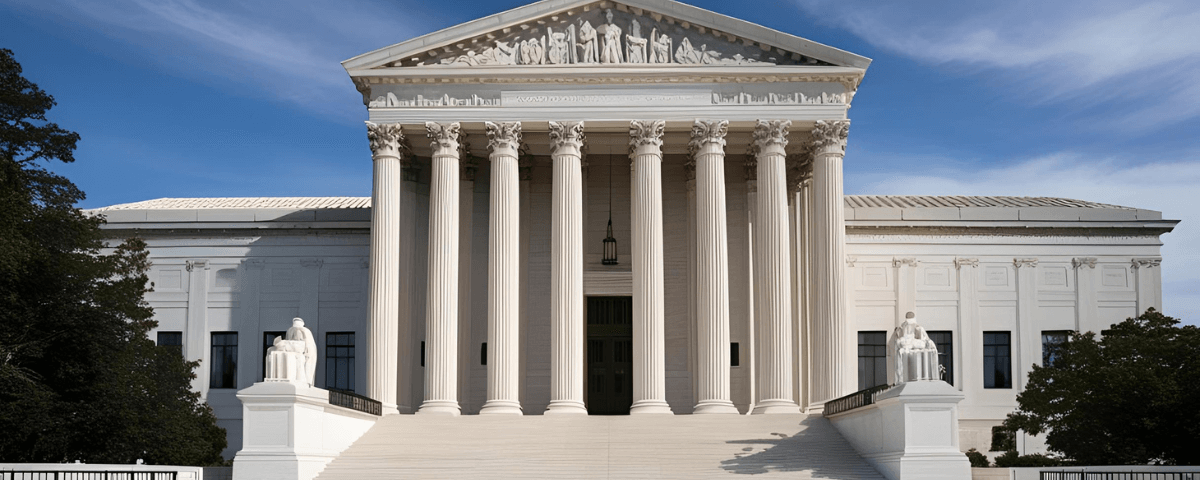
The U.S. Supreme Court has declined to hear a case from Xtreme Cables (Jem Accessories Inc.) that sought clarity on whether courts can apply state statutes of limitations or laches to determine timeliness in trademark disputes under the Lanham Act, which has no set limitations period. Xtreme Cables argued that varying approaches across federal circuits create inconsistency, undermining the Act’s goal of national trademark uniformity.
The company lost a trademark case against Harman International, a Samsung subsidiary, after a California court deemed its claim untimely under state law. Although Xtreme urged the high court to resolve the issue and align trademark law with past Supreme Court rulings on laches in patent and copyright law, the justices declined to take up the case without explanation.
Federal Circuit Clarifies Limits of Trademark Expansion in New Markets
Takeaway: The Federal Circuit ruled that the “zone of natural expansion” can only be used defensively in trademark law, meaning businesses must actively register trademarks in new markets rather than relying on future expansion to claim rights.
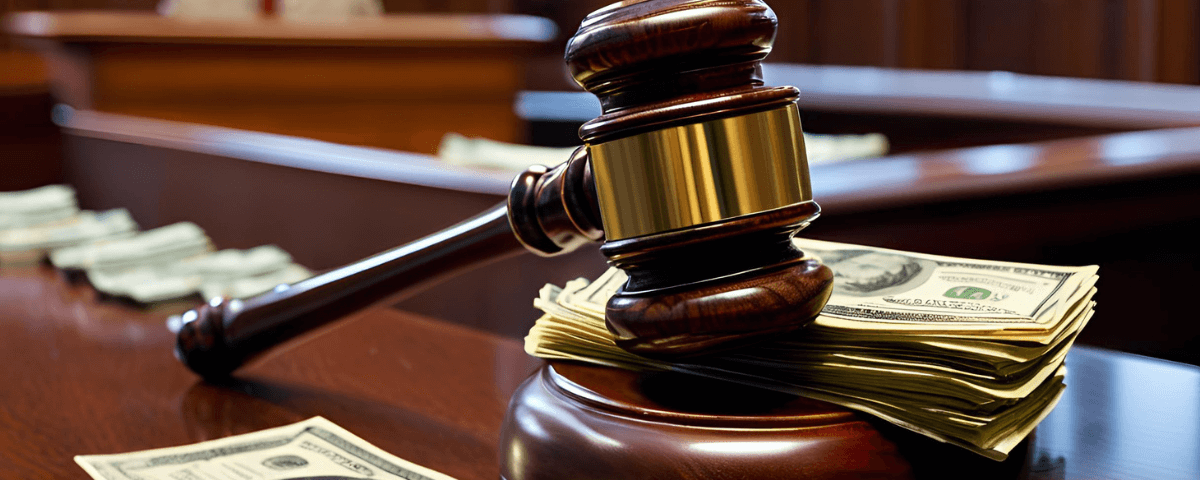
In Dollar Financial Group v. Brittex Financial, the Federal Circuit ruled that the “zone of natural expansion” rule in trademark law can only be used to defend against others trying to register a similar mark in areas where a company plans to grow. It cannot be used to give someone new rights over a trademark in a business area they have not yet entered.
Dollar Financial had used the name “MONEY MART” for loan services and later registered it for pawn services, but Brittex had already been using “MONEY MART PAWN” for pawn shops. The court sided with Brittex, saying Dollar could not claim rights in pawn services just because it was a natural next step in their business. This case shows that businesses should take active steps to protect their trademarks when expanding into new markets, such as running clearance searches, filing new trademark applications, and watching for possible conflicts.
Copyright Uncertainty Over Floor Plans Puts Real Estate Industry on Alert
Takeaway: As courts remain split on whether floor plans in listings are protected by copyright law, and with potential Supreme Court involvement, real estate professionals and designers should take precautions and seek legal guidance to manage risk.

Lawsuits over the use of home floor plans in real estate listings are becoming more common, raising questions about whether such uses violate copyright law. While some courts have found floor plans exempt under Section 120(a) of the Copyright Act, others, like the Eighth Circuit in Designworks v. Columbia House, ruled that real estate agents’ use of floor plans is not exempt but may still qualify as fair use.
The Eighth Circuit upheld fair use, noting the plans served a different purpose of marketing homes without harming the original market. Designworks plans to ask the U.S. Supreme Court to review the case, which could clarify how copyright law applies to floor plans. Meanwhile, professionals in real estate and architecture should take legal precautions to reduce infringement risks.
Midyear Review of Trade Secret Protection and Confidential Information Management
Takeaway: TMidyear is the right time for companies to review and reinforce trade secret protections to ensure their evolving confidential information remains secure and well-managed.
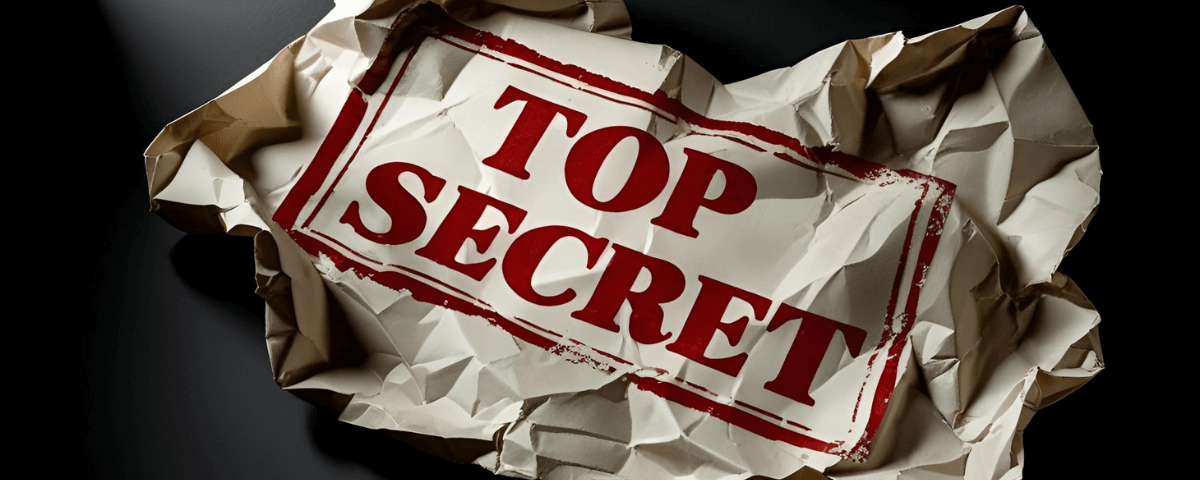
As we reach the midpoint of 2025, it is an ideal time for businesses to reevaluate how they manage and protect their trade secrets. Trade secrets evolve with changing business operations, making regular reviews essential. Companies should maintain an up-to-date inventory of their confidential assets, assign value levels based on business impact, and ensure secure storage and access controls. Legal safeguards, like confidentiality and IP assignment agreements, should be in place for all individuals with access. Regular employee training, strict visitor protocols, and thorough offboarding procedures help minimize the risk of leaks or misuse.
A midyear review helps ensure that trade secrets remain secure, valuable, and aligned with current business needs. If you have any questions or concerns about the trade secret protocols at your company, feel free to reach out to us, as we would be happy to assist you.
How to Spot and Avoid Trademark Scams Targeting Your Business
Takeaway: Trademark scams are on the rise, so if you receive any suspicious notices about your trademark, don’t respond. Contact us to verify and protect your rights.

Trademark scammers often send official-looking letters or emails to trick trademark owners into paying unnecessary fees for fake or unneeded services. These scams are increasingly sophisticated, using accurate information from the USPTO and names resembling government agencies to appear credible. However, any legitimate USPTO correspondence will come from its headquarters in Alexandria, Virginia, and will use the “@uspto.gov” email domain. The USPTO does not issue invoices or demand payments via email or phone. If you’re represented by an attorney, only they should receive trademark-related communications. Businesses should remain vigilant, consult their counsel before responding to any suspicious notices, and consider fraud prevention strategies to safeguard their intellectual property.
Cislo & Thomas LLP Spotlight
Coming Soon: Cislo & Thomas to Launch PatentfilerGPT
As Cislo & Thomas LLP blazes ahead in providing the best legal services, we are currently developing our own PatentfilerGPT. PatentfilerGPT will be a specialized AI assistant, created to help inventors and startups understand their journey to filing United States provisional patent applications. Built around the best practices used by experienced patent attorneys and aligned with the PatentFiler platform developed by Cislo & Thomas LLP, it will offer clear, structured support throughout the early patenting process. By combining accessible technology with legal insight, PatentfilerGPT will simplify and strengthen the path from idea to patent protection.
